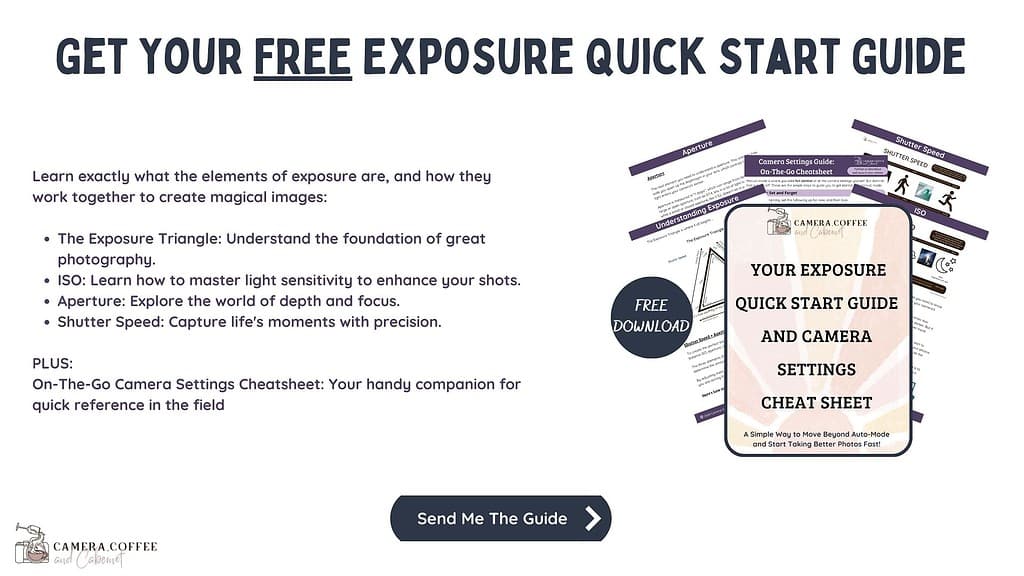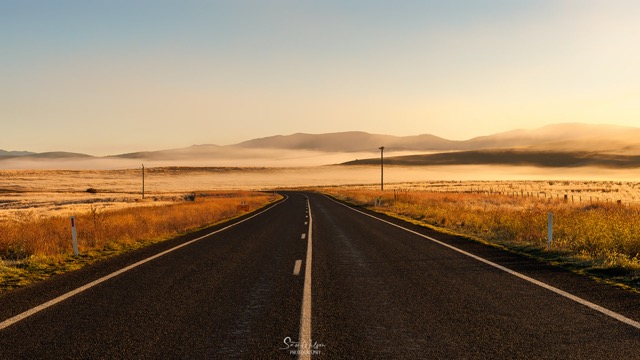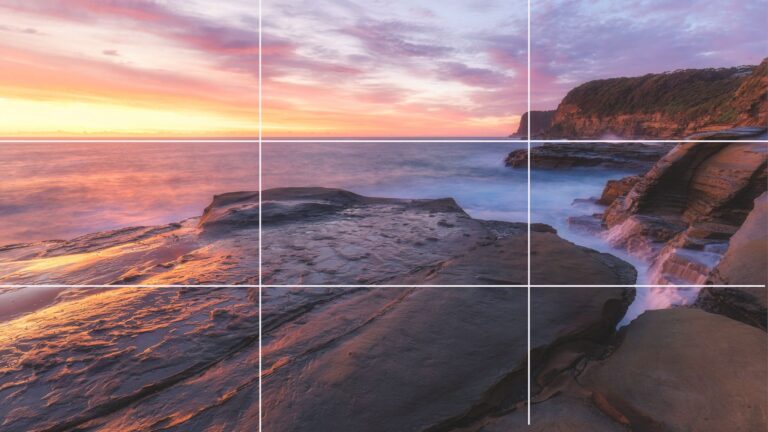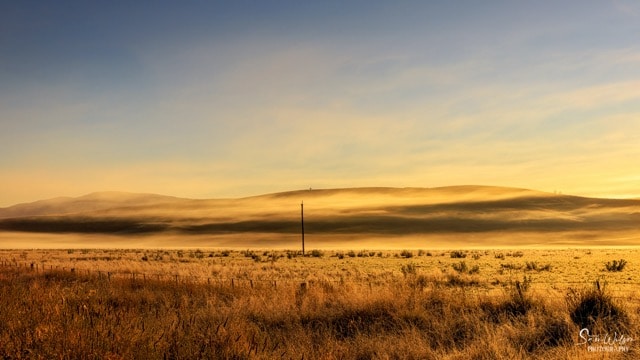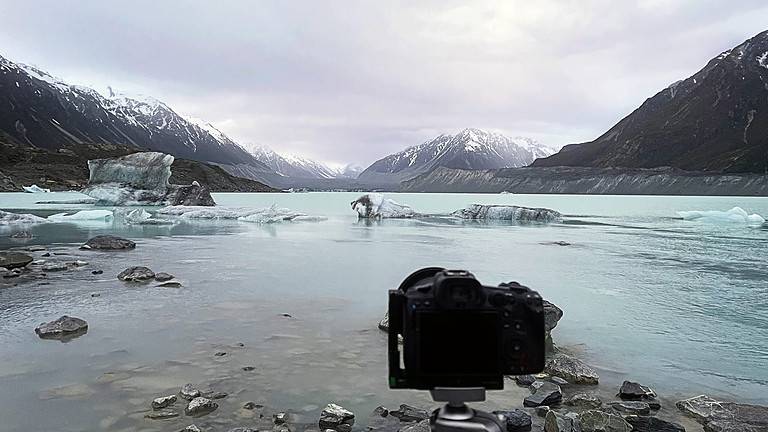Making The Most Of Rainy Day Photography
Landscape Photography In The Rain
I hear you! Why would you leave your perfectly dry comfort to go out and get wet?
No matter where you go or what you photograph, you’ll inevitably encounter some rain at some point during your photography adventures, regardless of how much planning you do.
This can particularly be true when you are travelling and may never return there.
Fortunately, rainy days don’t have to stop you from taking photos!
It can even enhance and provide unique opportunities to create wonderful photos.
“A rainy day is the perfect time for a walk in the woods”
~ Rachel Carson (American Marine Biologist and Conservationist)
You may have to wait a very long time for the perfect conditions for nature photography, so let’s get prepared and get out there anyway!
Be Prepared – Protect Your Gear and Yourself
With some planning and preparation , you and your camera can head out and confidently shoot on rainy days.
It’s really all about layers, for both you and your gear.
Even most ‘waterproof’ gear won’t keep you dry in serious downpours, so think layers.
Don’t forget your feet. Walking around in cold wet shoes can really ruin your day, so try and waterproof shoes if you can. Make sure they have good grip too – this is not the time for fancy shoes!
Something I read recently was that having sore feet can ruin your holiday, but wearing ugly shoes never has. The same goes here when heading out in the rain. In fact, it applies to any photography outing as far as I’m concerned.
Now that you’re protected, it’s time to think about your gear. With some simple accessories, you can head out there and enjoy some rainy day photography.
Gear To Have On Hand
Before thinking about locations or ideas for rainy day photography, make sure you and your equipment are protected. Pack these items before you leave for the shoot –
Tripod
A decent tripod is essential for waterfall photography – the perfect rainy day photography location.
Waterfalls generally require a slower shutter speed to achieve that nice milky water effect. A tripod is needed to keep your camera steady for sharp images.
Camera covers
While most cameras these days are weather sealed, I do prefer to use a camera cover just to be extra safe.
There are many different covers available, ranging from simple plastic covers to high-end covers made for specific camera models.
Depending on your usage, if you’re looking for something simple to keep in your bag, a freezer bag can suffice. Just cut a hole in the end and secure it with elastic bands and you are good to go.
Another simple hack is to use a shower cap. I have a few that just live in my bag in case I get caught out. They take up very little room and weigh next to nothing.
Umbrella
Generally I find umbrellas to be more of a hindrance than a help, I do keep one in my car just in case.
While I feel like you need three hands to hold one while shooting, they can come in handy while you’re walking or waiting between showers.
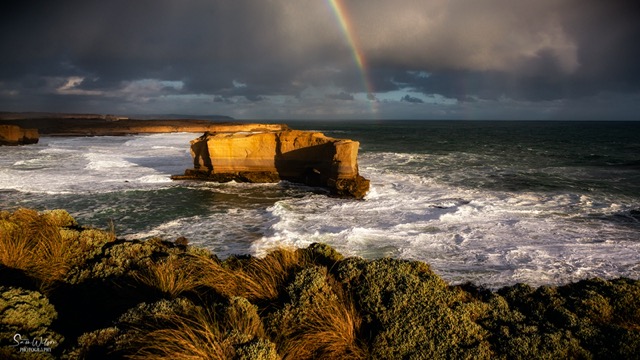
Weatherproof Clothing
This probably goes without saying, but I always carry at least a lightweight waterproof jacket. These are quite compact so can be kept in your bag so you’re never caught out by a surprise shower.
When I know rain is more likely, I generally wear a more robust waterproof jacket. The pockets in these also help to keep other items such as your phone and keys safe and dry.
Clothing tip – I always wear clothing with plenty of pockets – phone, torch, cloth, car keys etc.
Towels
Microfibre towels are your friend here. They are inexpensive, lightweight and are a must to keep your gear and hands dry.
I recommend at least two as it doesn’t take too long in a decent downpour for them to get too wet.
Also, pack specific lens wipes to wipe drops off your lens or filters as needed. Raindrops on your lens can totally ruin your images as you can see here –

Telephoto Lens
This is optional but can be useful to shoot from a distance. If you’re lucky you may even be able to stay in the car and shoot out the window if you’re shooting nice moody skies.
TIP – Have a lens hood attached to help protect your lens from raindrops.
Good Quality Camera Bag
It really is worth investing in a quality bag that is waterproof, or at least has a waterproof cover that you can access quickly.
Another thing to consider in a camera bag is having rear access to the camera section. This prevents you from having to put your bag down on wet/dirty ground.
Filters
Filters, particularly Neutral Density Filters can help to slow down your shutter speed.
This is particularly helpful for waterfalls or to capture storm cloud movement.
Spare Clothes
A spare jacket and shoes and socks are also very handy to keep in the car. It can make such a difference to warming back up if you can have dry feet and a warm jacket when you get back in the car.
Bonus is if you have a hot cup of coffee waiting for you also.
Rainy day photography ideas
Once you’ve got all your gear sorted, it’s time to work out what you are going to shoot.
Where are you going to go and what are you going to be pointing your camera at?
Here’s some ideas to give you some really interesting things to photograph –
Location
It’s important to choose your location, as with all landscape photography, you want to shoot something interesting.
Street and city scenes can be great on rainy days for photography. The bonus here is you can duck in and out of cover of buildings so you’re not exposed to the rain for too long.
Streets and buildings can really shine when they are wet, especially at night.
Coastal locations are also perfect to capture moody skies, and often the seas can match that wildness.
Let’s not forget waterfalls they deserve their own section –
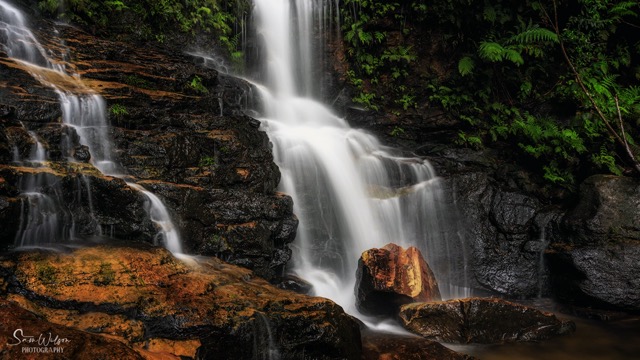
Waterfalls
Waterfalls really do come into their own when it is raining, or just after some decent rain.
They truly are the number one go to when thinking about rainy day photography.
It is the perfect opportunity to capture the water cascading down in its full power. They can really provide some atmospheric shots with mist in the background.
Some waterfalls are also only really photogenic after rainfall, so it pays to have done some previous research. Keeping a folder or document from previous experience or social media can give you some ideas on this.
Make sure you stay safe – the whole area can be extra slippery and water so be careful.
Using a polarising filter is a good idea too, cutting down on any surface reflections and boosting natural colours.
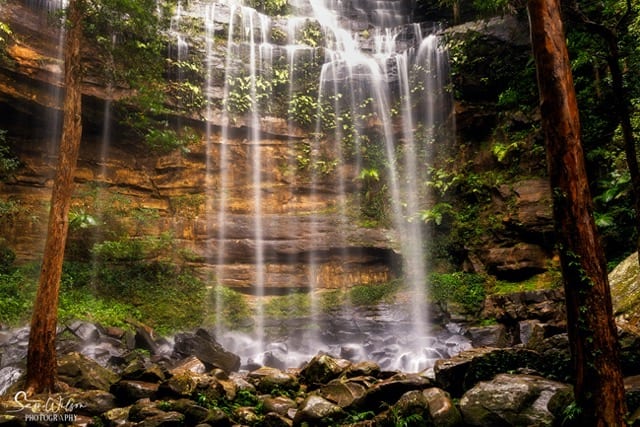
Reflections
Rainy days are perfect for capturing some great reflections.
Reflections can be photographed in any weather, especially if there are rivers or lakes nearby. But when it rains, puddles on the streets can also have some beautiful reflections.
Puddle reflections are also beautiful at night when light sources such as street lamps or neon signs reflect off the water.
When it comes to reflections, many photographers think of crystal-clear images, but you can also get a little creative and shoot something abstract.
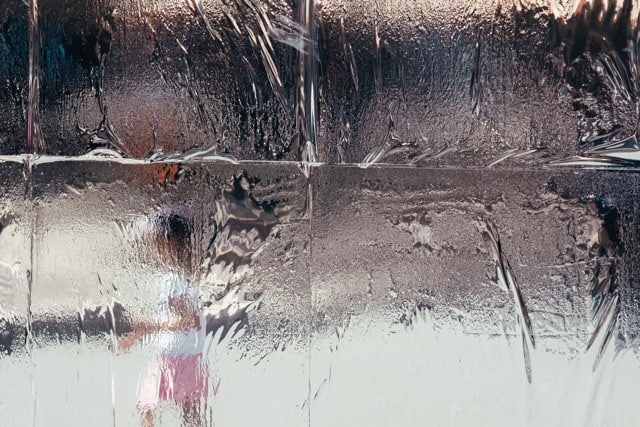
The Sky
While bleary overcast days with just a bit of drizzle can limit some options, storms or just threatening skies can provide fabulous conditions for photography.
The sky can be the most important part of a landscape photo when the clouds are dark, textured, moody or storm-threatening.
This peaks when we see a mix of storm clouds and sunlight, with the sun peeking through those dark moody clouds. This can produce a much more interesting and dramatic photo – we all want that as photographers!
It can really pay to be patient here as this most often happens after (or in between) storms, as in the case of the photo below.
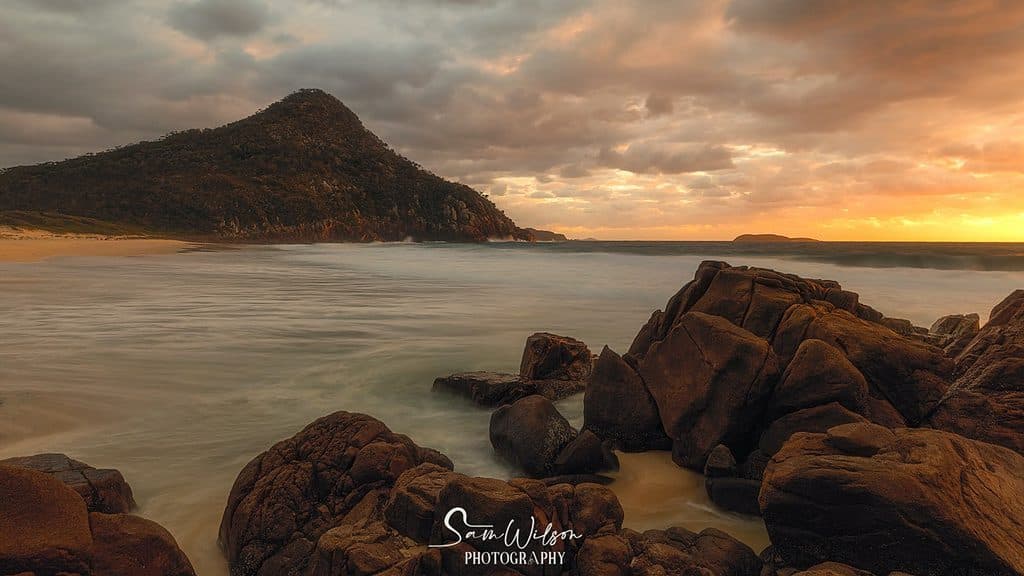
Water Drops
Raindrops can create stunning images up close.
Close up images of water drops on leaves and plants can be so beautiful. As a bons you can look for tiny reflections inside of the raindrops.
The bonus here is you often don’t have to travel far for this type of rain day photography!

Fog & Mist
If the rain is accompanied by some fog or mist, it can really add mood, drama and mystery to any landscape.
Without getting too technical, fog and mist are both produced by water droplets in the air. The main difference is the location and density of the water droplets. Fog tends to be denser than mist, affecting visibility more than mist.
They both tend to occur earlier in the day, and accompanied by some soft light, provide rainy day photography opportunities not to be missed.
TIP – don’t underestimate the amount of water in the air – keep that lens clean of water drops and condensation.
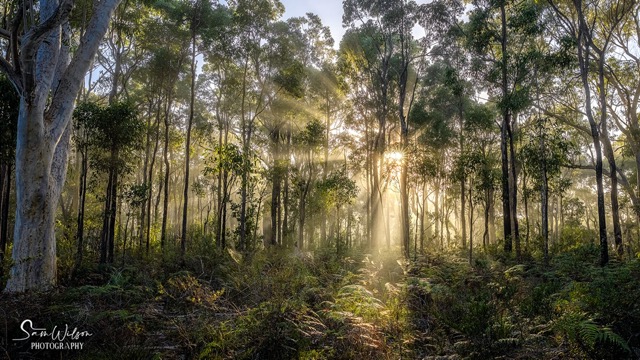
Camera Settings To Consider
While the principles of the exposure triangle applies to rainy day photography like every other day, here are a few things to things to consider –
- You may need to increase your ISO as rainy days can be darker
- Using a larger (smaller number) aperture will help to let more light in. Consider starting at around f8 and adjust to find the balance between exposure and depth of field you’re after.
- Choosing a faster shutter speed will allow you to freeze the raindrops.
- Choosing a lower shutter speed is great for waterfalls, but don’t forget the tripod.
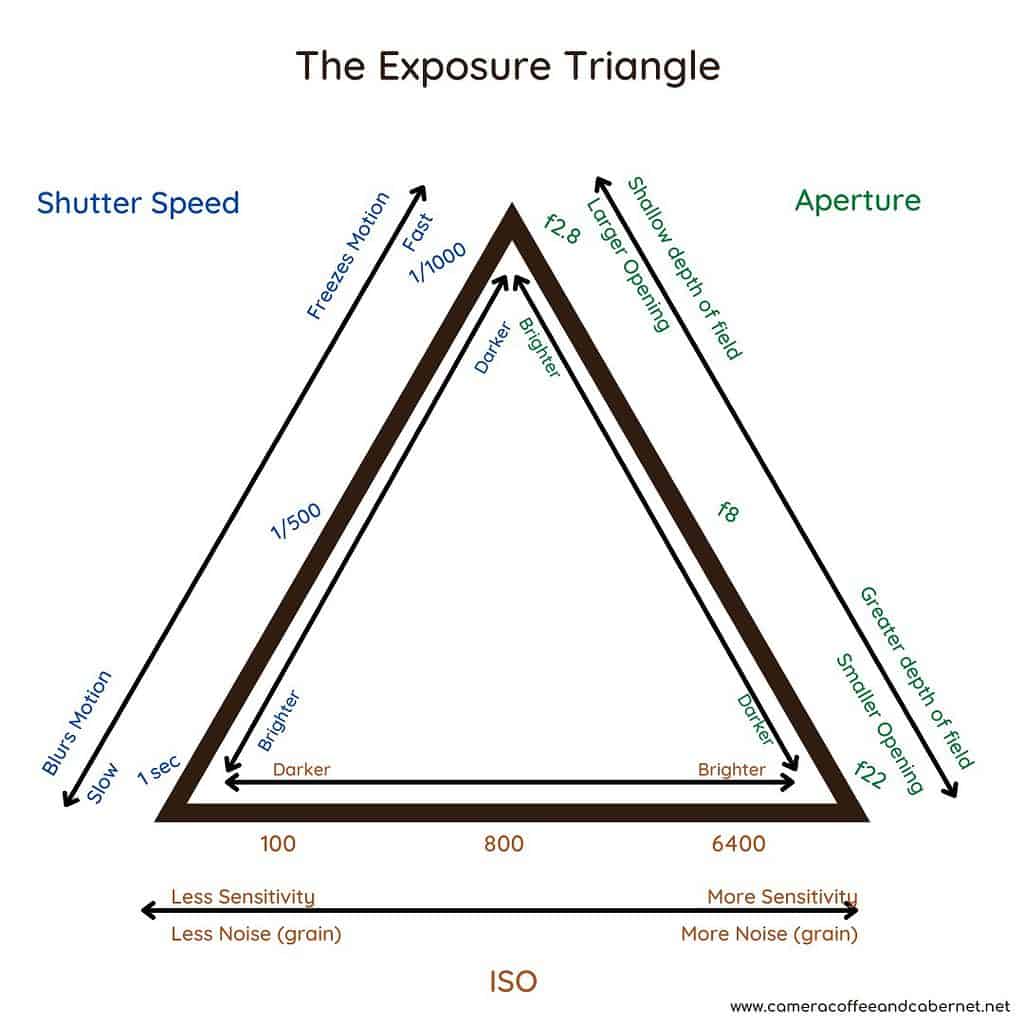
After The Rain Stops
Hello – who doesn’t love a rainbow?!?
As the saying goes, you don’t get rainbows without some rain. I personally can’t think of many photos that wouldn’t be improved with a rainbow.
Shooting just after the rain stops is beautiful because most objects are still wet and glistening, reflecting the light.
Colours will also be more saturated, and many landscape components such as rocks and trees will have richer details, enhancing many images.
The light truly can be stunning just after a storm has passed through. Those magic rays of light that break through the clouds can instantly transform the scene from impressive to amazing.
Yes, you need to be lucky to capture some of these situations, but the more you shoot the luckier you will get!
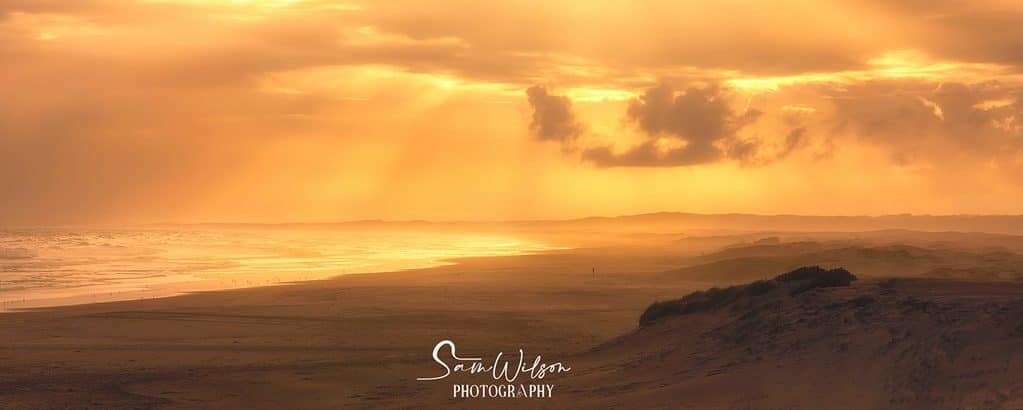
Rainbow tip – Try and use a circular polariser as well if you have the time. Iit can really improve the colours in the image.
Safety first
Taking precautions with your personal safety in the rain is something to consider.
Things can be slippery when wet, so make sure you wear appropriate footwear and take care, particularly on rocks.
If you’re out during a storm, be extra aware of lightning. Remember this particularly if you’re out in the open with an umbrella.
Stay safe on the roads – no photography is worth risking an accident for. Use your headlights, drive that bit slower if visibility is limited and of course, never enter flood waters.
Another bonus of going out to photograph in the rain is that there’s usually less people around. It’s definitely worth taking a few precautions, to get those landscape photos without people in them!
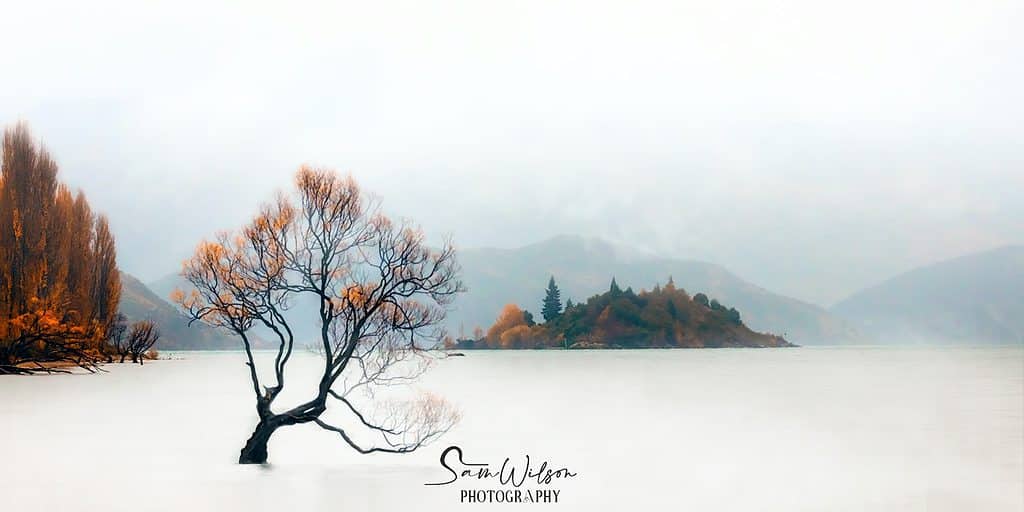
Conclusion
I hope this has inspired you to get out for some rainy day photography
Get yourself appropriately dressed so you stay warm and dry, grab those towels and clots and you’re good to go.
Pack a nice coffee in a thermal mug as your reward, change into those spare dry clothes you packed earlier. Then all you have to do is get home and upload those fabulous photos you’ve just captured.
Let’s get out there and do some photography in the rain!
“The nicest thing about the rain is that it always stops. Eventually” – Eeyore
That’s it for now – Keep clicking and stay caffeinated
Like this post? PIN it so you can save it for later

Here’s some more articles and resources I think you’ll like:
- Essential Landscape Photography Gear – Free Download
- Waterfall Photography Guide
- Planning Photography Shoots
- How To Photograph Autumn Colors: 7 Simple Beginner Tips
- The Importance Of Clouds In Landscape Photography
Don’t miss a post – sign up Here if you haven’t already
Note – This post does not contain any sponsored or affiliated links. All suggestions and opinions are mine. Unless otherwise stated, all photos are mine and remain my copyright images – Sam Wilson Photography.



